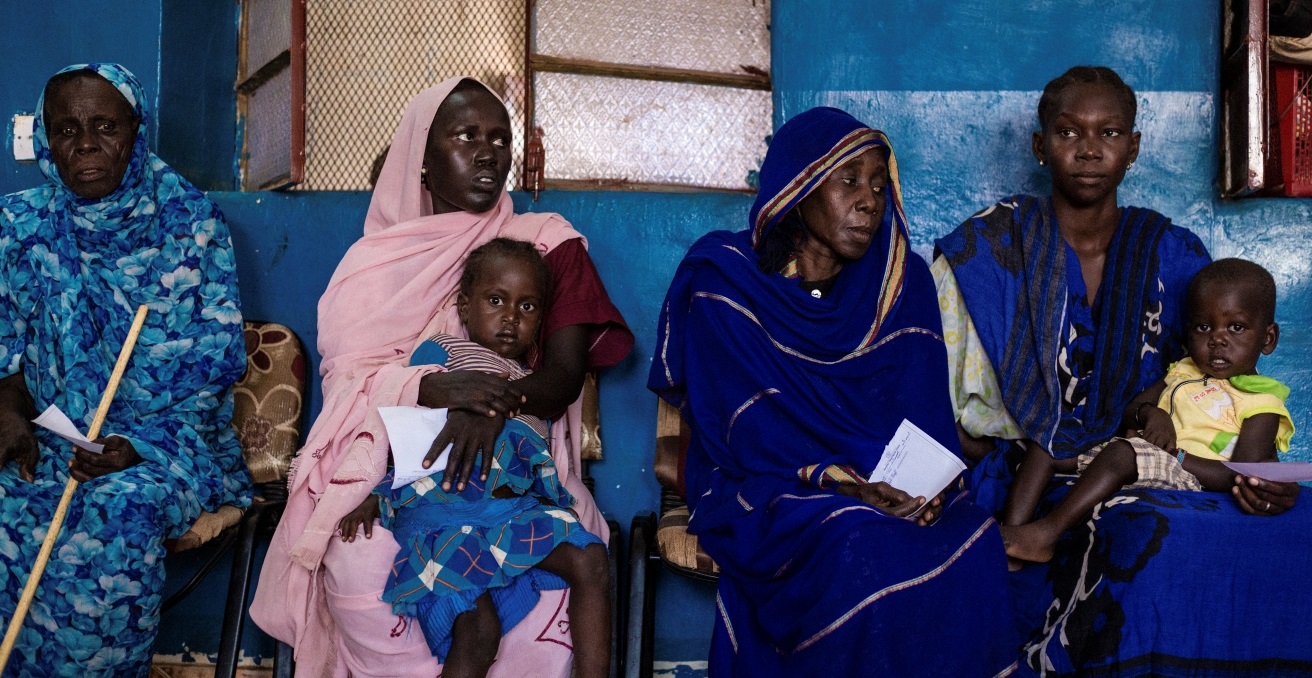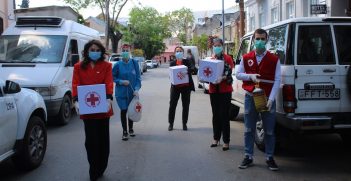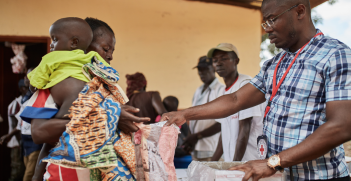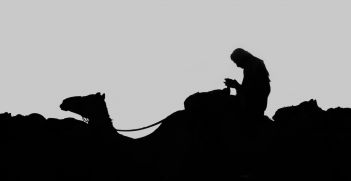Picturing Women in Conflict Areas and Delivering Humanitarian Aid

In Mozambique, conflict and displacement is not so distant. An International Committee of the Red Cross delegate reflects on the ethics of respecting the dignity of communities, while trying to share their story.
This article is part of the ‘Gender & Humanitarian Action’ series run by the International Committee of the Red Cross in partnership with Australian Outlook. The AIIA National Office and the ICRC will be holding a webinar focusing on Gender and Humanitarian Action on Tuesday, March 9. You can register to attend in person or online here.
In a small school courtyard, five women and a man were sitting on plastic chairs in a loose semicircle, with two-meter COVID-19 gaps separating them from each other. I had arrived in Mozambique for the first time only two days earlier and was discovering the country and the humanitarian crisis I heard so little about.
Pemba, a port town on Mozambique’s northeastern coast, looked like a beach resort postcard, and it was hard to reconcile the heavenly landscape with the stories of pain, violence and fear from the people who fled their homes. Some 600,000 people were displaced. Many of them came from the nearby islands in precarious fishing boats, escaping one danger while facing another. They spoke about how hard it was to adapt to life in a city, where everything costs money, you hardly know your neighbours, and there is nobody to ask for help.
Five women and one man. Having spent twelve years in the field with the ICRC in different conflicts on different continents, I am used to seeing more women among the people the organisation helps. More women received cash grants for small businesses in Nigeria’s camps for the displaced, where they often arrived alone with small children and without any means of survival. Palestinian women take Red Cross buses to visit their husbands and sons in Israeli prisons. Stranded widows of South Sudanese soldiers take an ICRC plane to be reunited with their families after long years of separation. These are some examples that come to mind.
Where men get killed, recruited, imprisoned, or undertake perilous emigration journeys, women often stay behind and have more chances to survive. Staying behind means these women are on their own, and their children and elders depend entirely on them. It means they may have to go hungry or have to sell their bodies, or risk being raped. It often means hard labour and carrying out tasks that their culture or religion traditionally reserved for men.
Women who stay behind in their towns and villages ravaged by conflict or populate refugee and displaced people camps in large numbers hold their families and societies together. They go to the market, cook, sew, and fetch water and firewood, trying to maintain the reassuring stability of the mundane tasks amid the chaos of war. They raise their children, hoping that its horrors and violence have an end in sight.
A woman walking away from a humanitarian assistance distribution site, carrying a large bag of rice, sorghum, or wheat on her head, a toddler in tow, and a baby strapped to her back – it is an image that I have seen many times and in many countries. It is also a picture I took repeatedly to explain the work of the ICRC. As humanitarian professionals, we have a difficult task to make people care about forgotten conflicts and distant suffering in remote places. We rely heavily on stories and images of women to accomplish the task, and we are responsible for how we tell these stories.
Humanitarian communication depends so much on images of women and children because very often they are on the receiving end of humanitarian assistance, but also because of the passivity and innocence traditionally associated with them. Where a man would become an object of suspicion, a woman is usually seen by our collective imagination as passive and innocent. This perceived passivity and innocence make her a perfect victim, deserving of our sympathy.
But the women I met over the years working in conflict areas defy the notion of victimhood and refuse to be passive. You can’t be passive when you try to hold together the world that is about to collapse. And in the schoolyard of Pemba, I was witnessing this one more time.
The women sitting in front of me spoke on behalf of the displaced and the community hosting them. The barrio of 50,000 residents had to absorb 20,000 people who fled their homes, leaving everything behind. An average of six families shared the same household in the middle of the COVID-19 pandemic, and only two years after a devastating cyclone hit the region, causing death and destruction. They said they lacked everything, from food to healthcare to water, as essential public services and infrastructures were strained to a near breaking point by the sharp increase in the population. Some things, like the rise of sexual violence, remained unsaid.
But as the women spoke, sometimes calmly and matter-of-factly, and sometimes emotionally with breaking voices, they needed to be heard and in control of their lives and the lives of their families. They were grateful for the assistance they were receiving but had strong opinions on what this assistance should be.
They received cash and wanted to continue receiving cash from the ICRC, because each family could decide how to use it: on food, healthcare, sending a child to school. Some, despite all the odds of the pandemic- and conflict-shattered economy, used the money to start small businesses. The women in Pemba wanted to be listened to and to decide for themselves, and this is the image I carried away with me from this trip, along with the beautiful seascapes marred by the spectre of violence and displacement.
Alyona Synenko is the ICRC Regional Spokesperson in Nairobi.
This article is published under a Creative Commons License and may be republished with attribution.





